Amazingly Clear Lakes And Why They Are So Clear
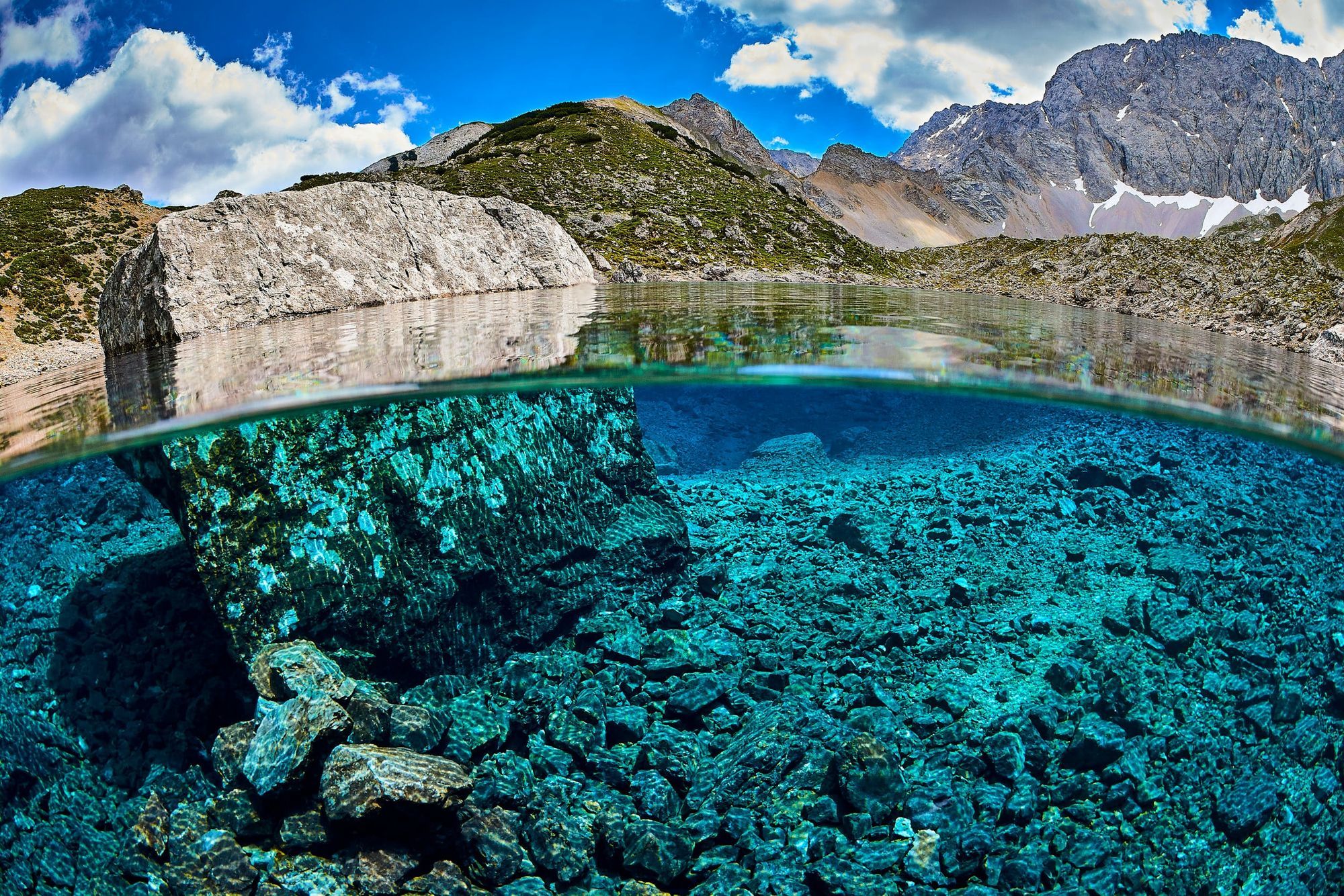
A body of water that has land on all sides is referred to as a lake. Lake water is stagnant, so it doesn't move from point A to point B like river water does.
Lakes are generally made up of freshwater since they are frequently nourished by rivers, springs, or precipitation (also known as rain and snow). Some of the more well-known lakes, including the Dead Sea and the Great Salt Lake, are saline lakes, meaning they only contain saltwater.
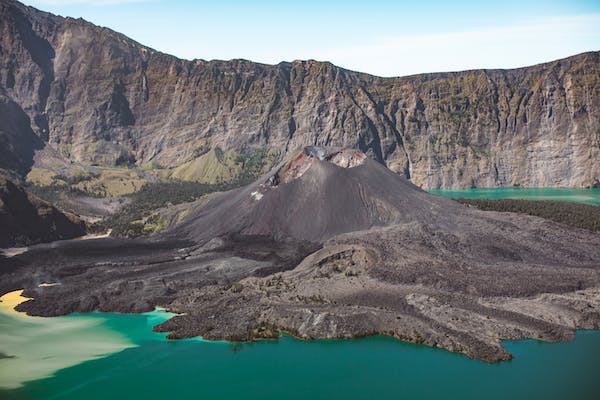
Naturally, the source of a lake influences its size and shape. Smaller kettle lakes are formed from depressions left by glacial ice chunks, while glacier lakes are found in huge valleys or hollows that slow-moving glaciers have carved out over time. During a time when North America was covered in enormous sheets of ice and snow, the Great Lakes in the Midwest of the United States were produced by glaciers.
A vast depression occurs and fills with water when the earth's crust changes, creating some lakes, like the Caspian Sea. Similar to that, crater lakes reside in the elongated craters left at the summits of dormant volcanoes.
Lake Malawi, Mozambique, And Tanzania

Tanzania and Mozambique are both African countries that border the confined Lake Malawi. It has pure water despite being one of the deepest lakes in the world. This is due to the lake's meromictic nature. All of the sediments are left on the bottom because its layers don't mix. This keeps the water clear.
The Attabad Lake, Pakistan

Actually, a very terrible incident led to the creation of the magnificent Attabad Lake. It was created in 2010 after a significant landslide in northern Pakistan. Attabad was laid to rest, but this magnificent lake was created. Visit in the spring or summer when the massive glaciers thaw, transforming the crystal-clear, unpolluted lake into a striking shade of blue.
Lake Bacalar, Mexico

Speaks Spanish? When you visit this magnificent lake or freshwater lagoon in the state of Quintana Roo, it can be useful. This lake, which is the second-largest in the nation, has a white sand bottom.
It is primarily nourished by a variety of underground rivers. Throughout the day, the lake's color shifts from blue to turquoise. Consequently, it has the moniker "lake of seven hues."
Lake Blausee, Switzerland
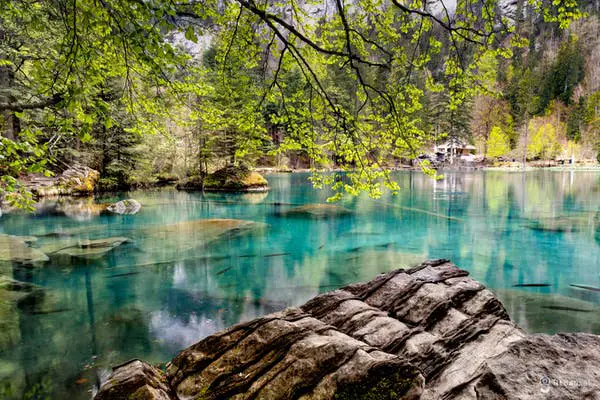
Lake Blausee, arguably Switzerland's most well-known crystal-blue lake, is primarily nourished by a number of underground springs. The water is completely transparent and has a blue-green tinge. You can also find stones and tree trunks that have submerged more than 12 meters underground. The "mineral-rich mountain spring water" that is present here is typically credited with the water's clarity.
Moraine Lake, Canada
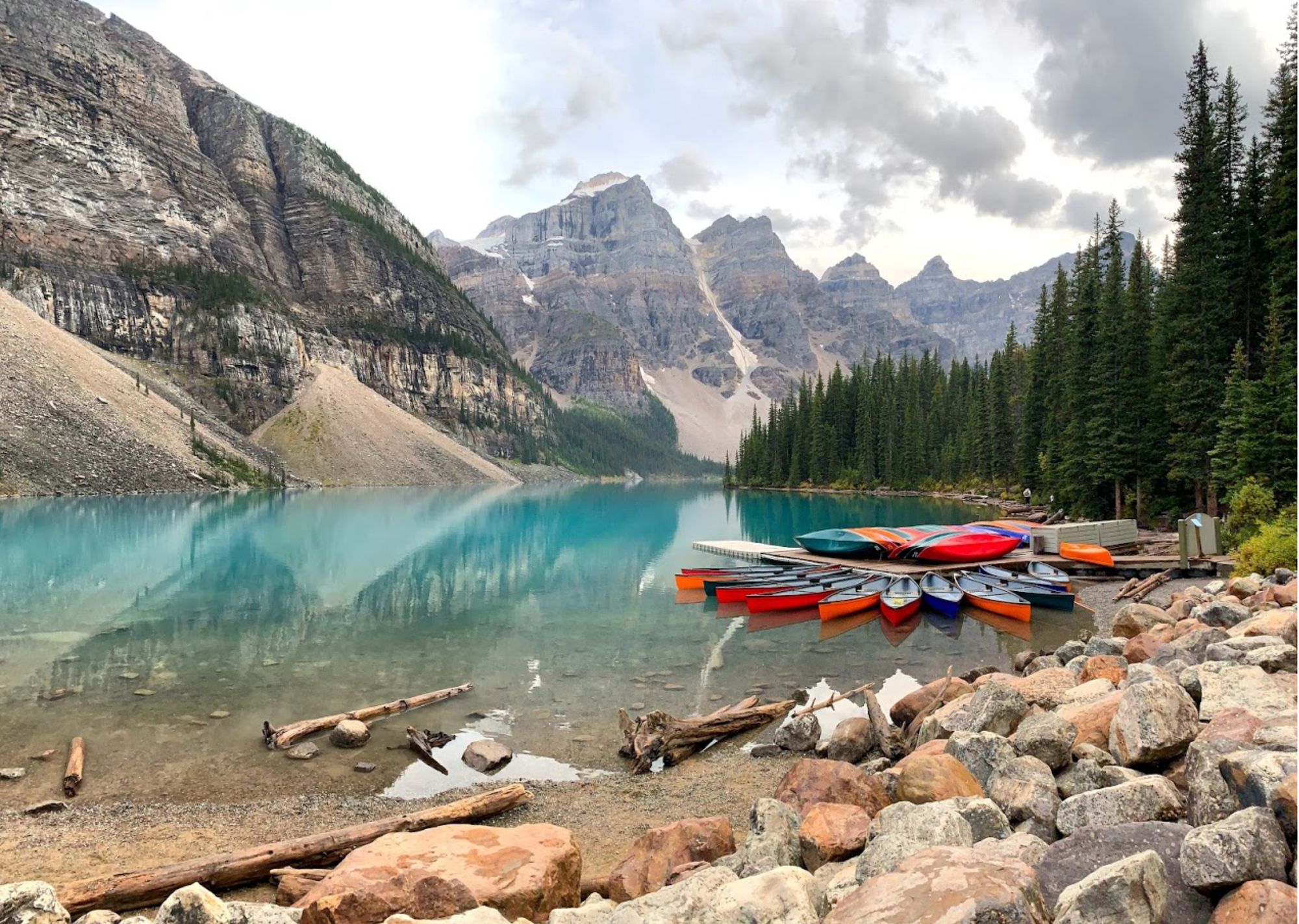
In the rugged Canadian Rockies, majestic Moraine Lake is located in the lush Valley of the Ten Peaks. Only glaciers provide food for the lake basin. It is renowned for its crystal-clear blue color, which varies with the season, angle of the sun as it catches the lake, and time of day. Some people say that summer is the ideal time to explore Moraine Lake. For when this happens, the light from the sun is refracted by the deposits on the lake's floor, giving the water a startlingly bright blue reflection.
Flathead Lake, USA
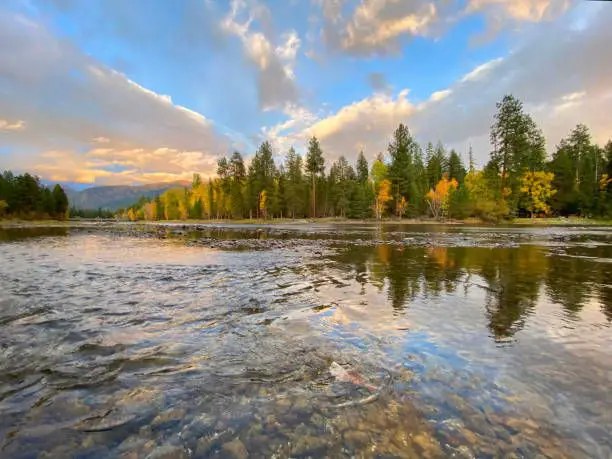
The renowned Flathead Lake is the biggest lake in Montana as measured by surface area. The lake is also the cleanest. The famed transparency of this lake is due to the lack of nutrients that actually encourage algae development.
Are you a fan of fishing? The northern pike, sturgeon, trout, whitefish, and yellow perch that live in this lake are other well-known residents. Hit the nearby tree-lined beach if you're searching for a sandy area to kick it or are into water sports. Fishing, powerboating, sailing, swimming, waterskiing, and other activities are available here.
Melissani Lake, Greece
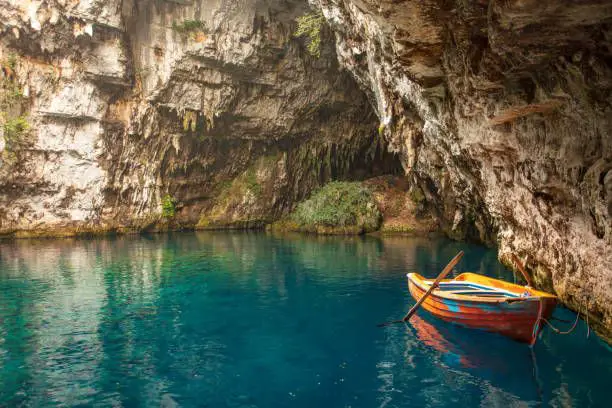
Melissani Cave leads to the charming Melissani Lake. It is located northwest of the town of Sami on the island of Kefalonia and is well known for its crystal-clear water. It is so clear there, say seasoned visitors, that boats seem to float in the air. Classical Greek mythology states that this cavernous area is actually a nymph's den. On a sunny day, the sun's reflection truly creates a spectacular effect by reflecting off the crystal-clear, sea-green water.
The Five-Flower Lake, China
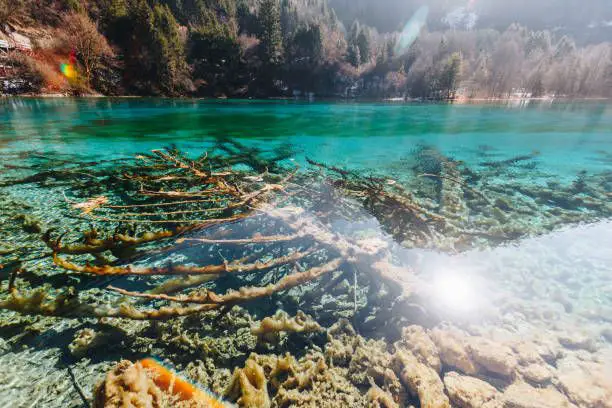
The tiny, multicolored Five-Flower Lake is known for its bottom, which is crisscrossed with old, fallen tree trunks. The lake's primary hues are blue, green, and yellow. It is situated in Sichuan's Jiuzhaigou National Park.
Visit whenever you like since the water doesn't freeze in the middle of winter and the water level doesn't raise during the summer. Despite the summer heat or a lack of rain, the small, clear lake remains the same. The aforementioned tree trunks along the bottom are visible because the water is so clean. The calcium carbonates and hydrophytes in the lake are what give the water its purity. The lake is frequently referred to as "a piece of mirror that dropped from a goddess' hands" by the locals.
Lake Mashū, Japan

On Japan's Hokkaido Island, the famous Akan Mashu National Park has the endorheic crater lake known as Lake Mash. Because it actually developed in the caldera of a volcano that may still be active, the locals call it "the Devil's Lake." It is a recognized UNESCO World Heritage Site in addition to being a very well-liked tourist site.
Some travel writers cite Lake Mash as a magnificent illustration of nature's splendors. The world's "clearest lake" is another name for it. It is clear because of a variety of circumstances. The lake has no outlet and no real noteworthy inlets. Since it is mostly fed by rainfall, it is devoid of any detritus that might have been brought by nearby rivers.
Crater Lake, USA
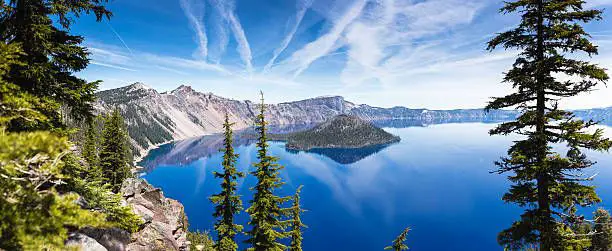
The ninth-deepest lake in the world is Oregon's crystal-clear Crater Lake. It is one of the main tourist attractions in Crater Lake National Park and is located in the state's south-central region. It is also well-known for its stunning blue color. The lake's clarity can be ascribed to the rain and snow that are the source of the lake's water, which was formed when the enormous Mount Mazama collapsed 7,500 years ago. There are no other canals or openings to the lake, thus no garbage or mineral deposits travel through it, maintaining its deep hue.
Lake Baikal, Russia
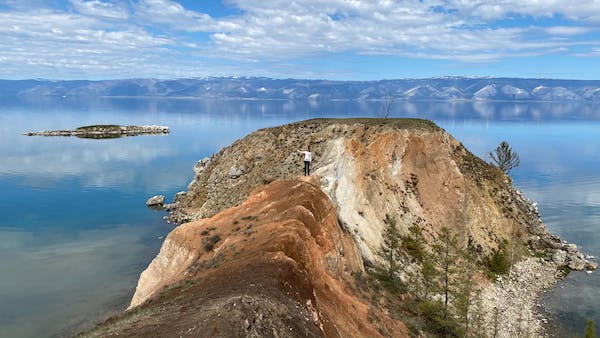
Both its depth and vast surface area make Lake Baikal in Siberia famous. Both th deepest lake and the "biggest freshwater lake by water volume" in the world are Lake Baikal. In addition to being among the cleanest in the world, the lake's water is also among the purest.
Between 30 and 40 meters can be seen beneath the surface of the lake. You can readily notice the vibrant environment inside this lake if you go sailing on it. The local plankton actually filters the water by ingesting different minerals and particles, which keeps the water continually pure. You might even see the lake's local freshwater seal species, which is unique to this region.
Lake Tahoe, USA

Lake Tahoe, a freshwater body of water, sits on the border of California and Nevada. One of the world's purest lakes is this one. Here, visibility is 100 ft.
Because 40% of the raindrops that fall fall directly into the lake, it is clear. The remaining 60% drains via neighboring marshes, which clean the water. Shipwrecks from the 1920s and 1930s are visible here, floating on a boat on the lake's surface.
Torch Lake, USA

The green-blue, crystal-clear water of Torch Lake, which is situated in Michigan, is well-known. During the last ice age, glaciers built this this bay that resembles a fjord. Geology is responsible for the pure water's tint. The Caribbean Sea with its numerous sandbars is frequently mentioned as a comparison by tourists. Long ago, Lake Michigan was cut off from it by the creation of the sandbar that spans its mouth. The second-largest lake in the state as of now.
Lake McKenzie, Australia
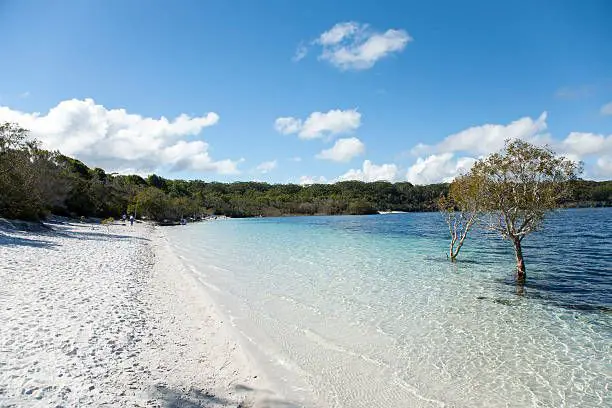
The "Jewel of the Fraser Island," also known as Lake McKenzie in Australia, is so clear that you can see your reflection in it. This elevated lake is well-liked. Aluminum, iron, and various organic materials were slowly consolidated into a single layer by sand above the actual sea level.
It's crucial to remember that the lake is acidic. Because of this, not all species can live there. In actuality, it supports a delicate ecosystem and is thus a challenging environment for robust aquatic life. Maximum visibility is 50 meters in this area. The impermeable bottom layer of the lake is the reason why it is so clear.
The Blue Lake, New Zealand

There is a lot of natural beauty in New Zealand. You are immediately surrounded by picturesque lakes and unforgettable alpine environment as soon as you leave any city there. Ah, but New Zealand is also renowned for having the purest lake in the entire world. The depth of Blue Lake's visibility ranges from 70 to 80 meters (roughly 230 to 260 feet).
Also known as the "clearest body of natural freshwater in the world," this lake. According to experts, the water in Blue Lake is comparable to distilled water. The lake's clarity, according to researchers who have researched it, is the result of a particular subsurface tunnel that filters the water as it enters from Lake Constance. This is also the reason why its true color—a blue-violet—can be seen through.
